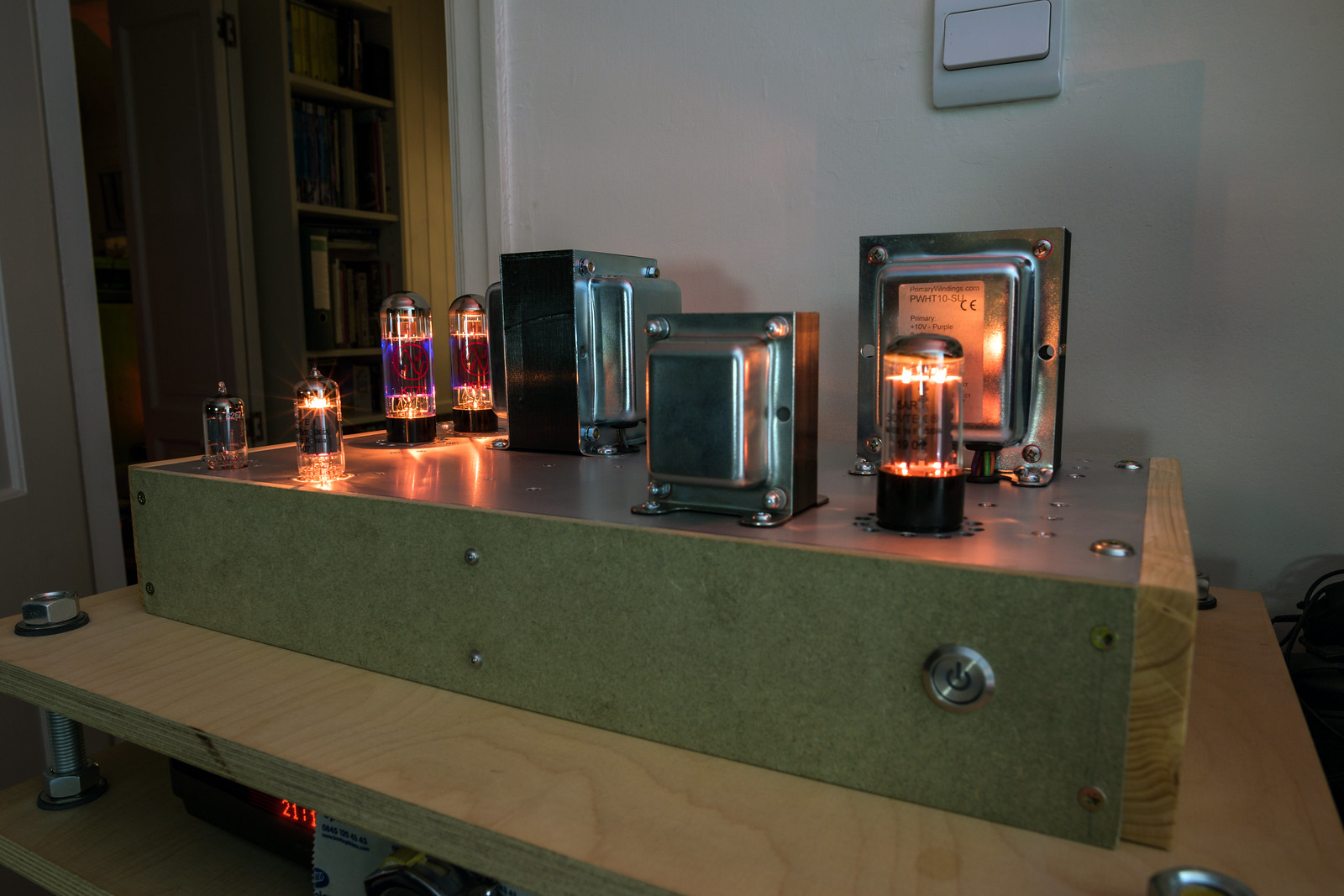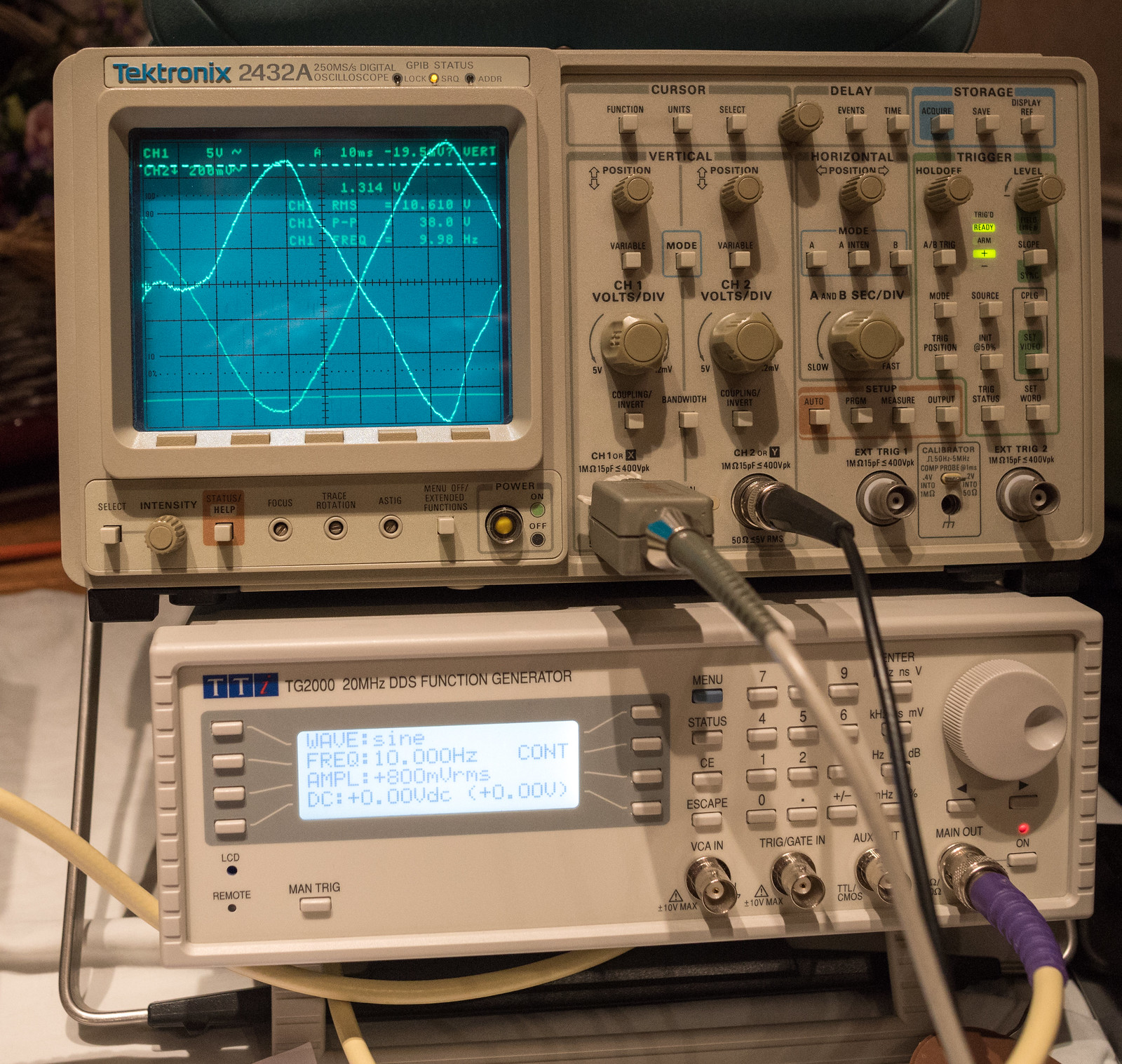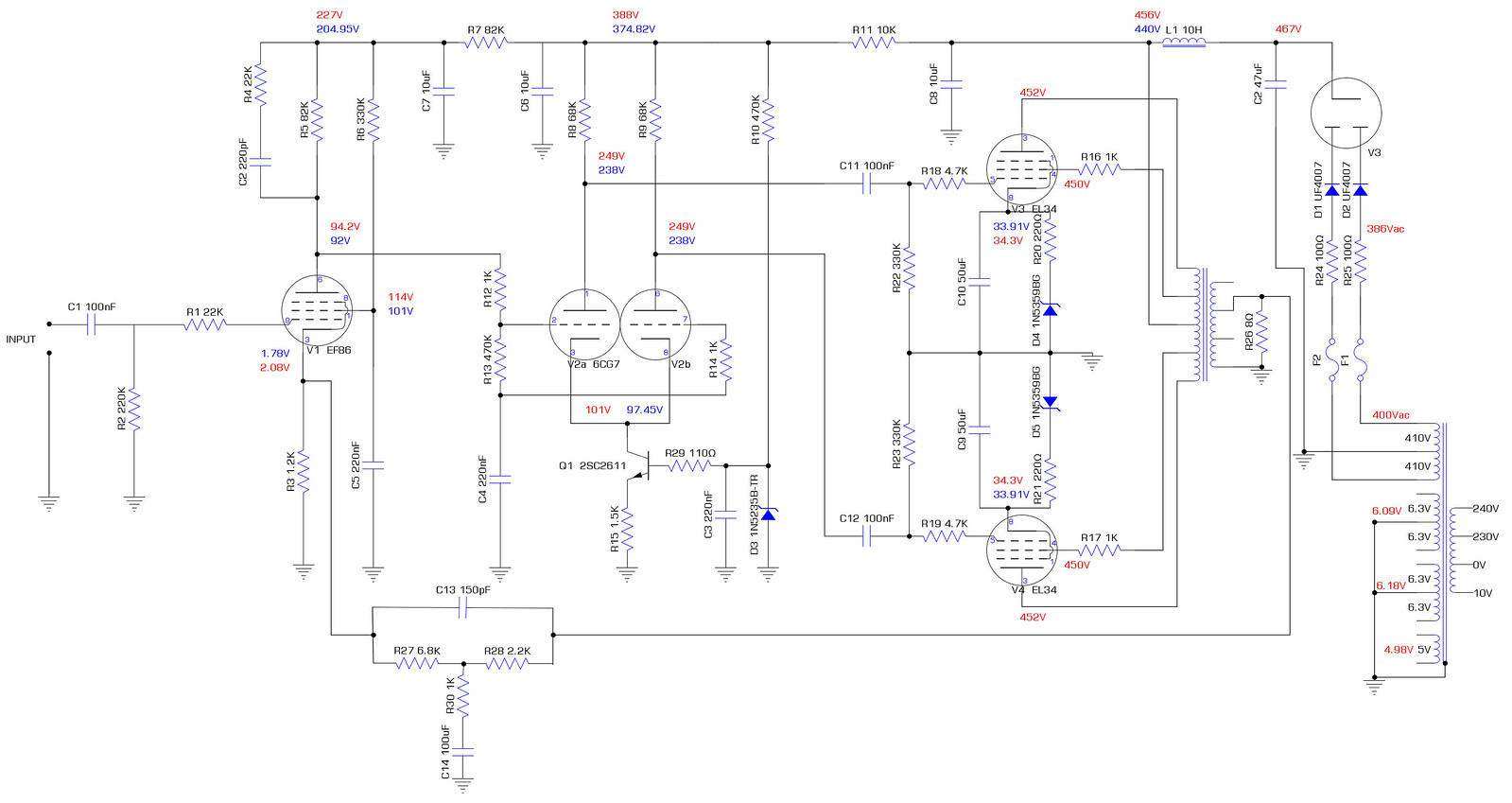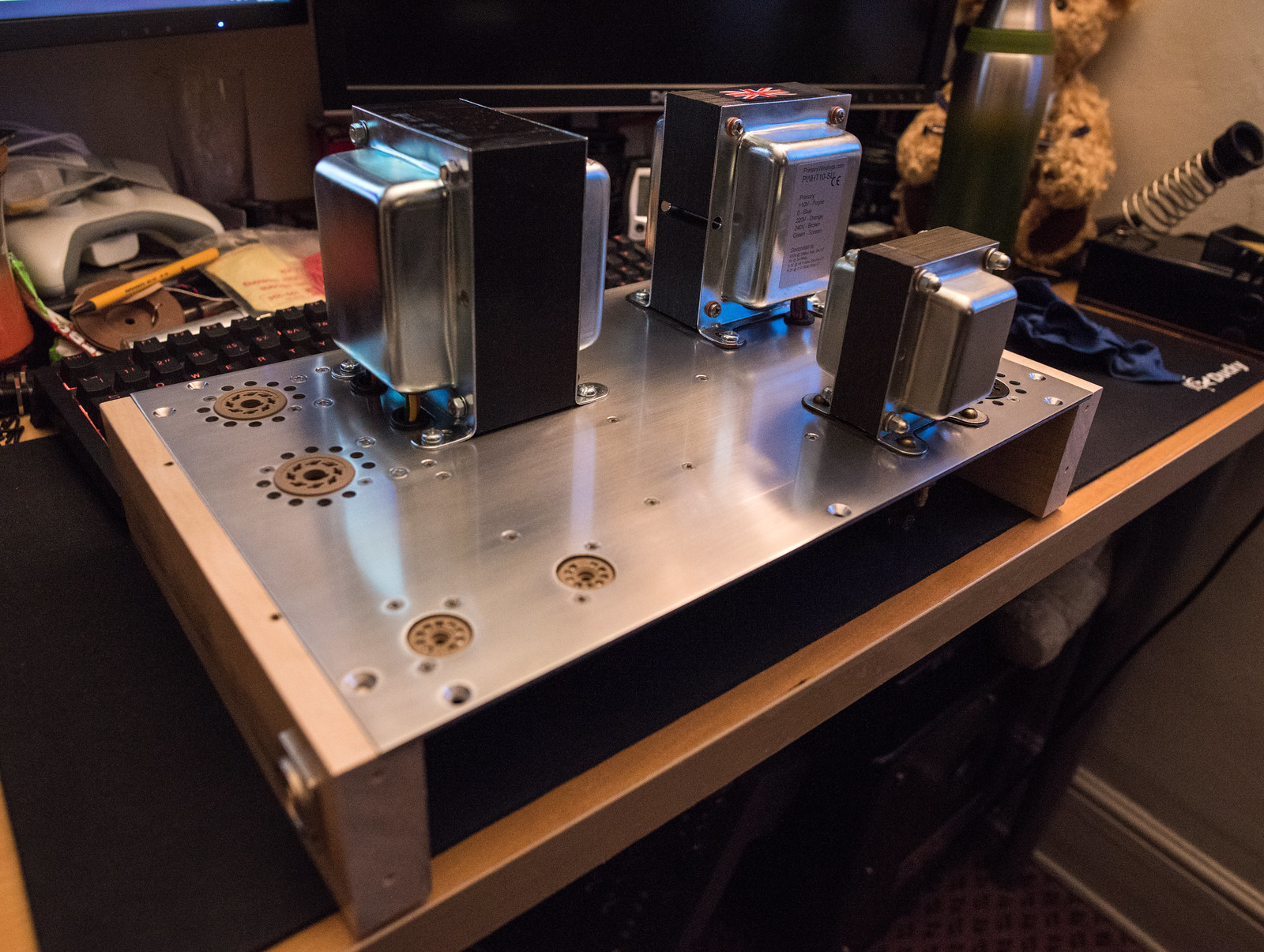The BOMExcellent stuff. Sorry if it's been answered, but do you have a cost for all of the components required, ie total cost to build?
I'm an ex electronics engineer that used to fix HF and VHF radios. So it's great to refresh my memory reading this thread. I say ex, I think the last time I touched a signal generator or an oscilloscope was around 2005!
It's not as up to date as it should be as I stopped updating it amid the chaos of a double rebuild mid way through. The cost should be approximately correct for the bulk of the components, though some parts are missing as I used parts I already had. The one big thing missing from it is a chassis as I'm yet to buy anything. I've built all these prototypes on what I had in storage. I'd estimate about £1500 in total for a pair.













































